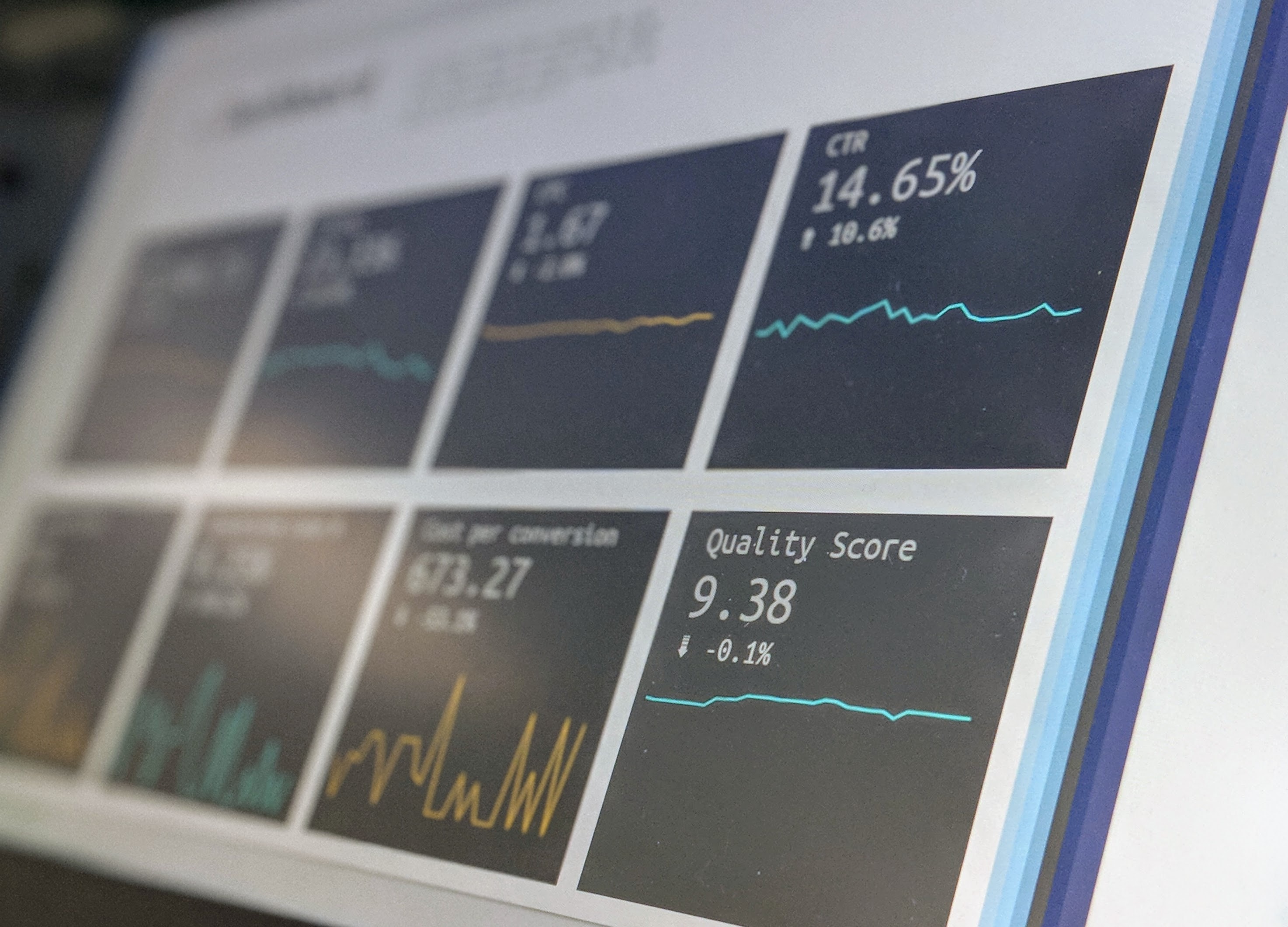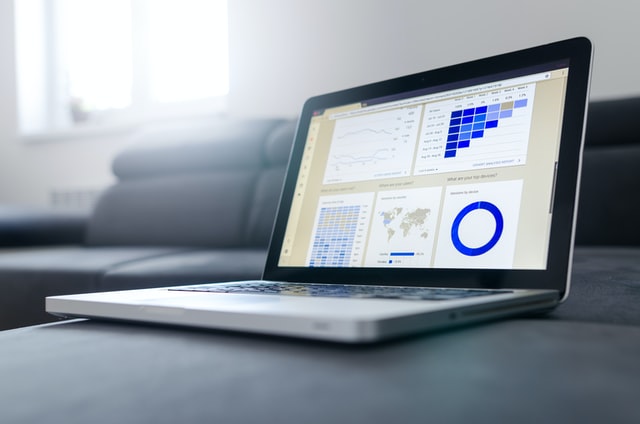Marketing automation has fundamentally changed the way marketers do business. To be able to schedule cross-channel campaigns that deliver on time and on target frees up a lot of opportunity for marketers to focus on things like strategy, creative, and feedback loops. Campaigns run with fewer resources, still generating and nurturing leads. But unlike the flawless “set it and forget it” reliability of, say, a crock pot, automation has its risks.
With the advent of big data, media mix measurement and optimization has become a required staple in the marketer’s toolbox. Effectively media mix measurement and optimization is comprised of seven elements:
In Part 1 of this series, we discussed how organizational objectives may change the implementation of a media mix and optimization platform. And in Part 2, we talked about measuring the efficacy of your efforts. Now, let’s talk about collecting and normalizing consumer responses and order/sales data.
In Part 1 of this series, we discussed how organizational objectives may change the implementation of a media mix and optimization platform. Once the objectives have been set, it’s time to formulate a plan around how to measure the efficacy of your efforts.
With the advent of big data, media mix measurement and optimization have become a required staple in the marketer’s toolbox. Effectively, media mix measurement and optimization are comprised of seven elements:
For those of us involved in some capacity in “the industry” – some who can remember as far back as wood-grain boxes that enabled users to watch twenty channels – we have confidently applied a name to the business: broadband.
It’s true digital has taken over a lot of our lives. Whether it’s the all-knowing computers we carry in our pockets, backup cams on our cars, or the way many of us have been doing our jobs for the last year+, digital is clearly integrated in our lives. But when it comes to marketing, digital hasn’t run off the other ways of connecting with customers.
As marketers had to double-down on creative solutions during the pandemic, change has been happening behind the scenes. Whether it’s doing away with cookies or the recent news that Nielsen’s audience measurement tools are being applied to Twitter’s video content, data use is shifting, always.
The events of 2020 have a long tail. As marketers enter 2021 with decreased marketing budgets, ROI is of increasing importance. Analytics and the ability to evaluate performance are key, especially as media mix is evolving. And it’s a great time for marketers to check in with their plans and confirm they are still looking at the right metrics.
As companies are finalizing budgets for next year and marketers are fine-tuning their plans, it’s a popular time to look back at what worked and what didn’t. It’s also a critical opportunity to revisit your organizational strategy, realign your KPIs, and design a testing system that gives you actionable insights.











